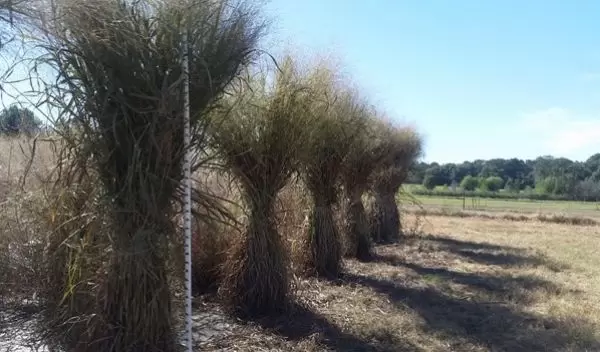
Key switchgrass genes identified -- could mean better biofuels ahead
Biologists believe they are one step closer to a long-held goal of making a cheap, widely available plant source for energy and fuel. One of the next big weapons in the battle against climate change may be able to trace its roots to the side of a Texas highway.
Researchers at the University of Texas at Austin, HudsonAlpha Institute for Biotechnology and other institutions have published a complex genome analysis of switchgrass, a promising biofuel crop.
Optimizing switchgrass to grow efficiently in diverse environments is a key component of ensuring its success as a biofuel feedstock. The team tied different genes to better performance in varying climates across North America, which now gives scientists a road map for breeding high-yielding switchgrass paired to current and future climate conditions across the United States.
The findings of the U.S. National Science Foundation-funded research are published in the journal Nature.
This quest for better switchgrass began more than a decade ago in the UT Austin lab of Tom Juenger, an integrative biologist and a corresponding author of the paper. In requesting samples from the U.S. Department of Agriculture's switchgrass stocks, he noticed a lack of diversity in the stocks. He and colleagues set out to change that.
"Originally, a lot of these collections came from us driving around in a pickup truck with a shovel and digging up plants off the side of the road or in parks where we had permits," said David Lowry, a member of the group and co-author of the paper. Lowry is now a plant biologist at Michigan State University.
Switchgrass is a hardy perennial with deep roots that grows from Canada to Mexico and is an important component of the tallgrass prairie habitats of central North America. It can reach heights of 12 feet in some areas and is used for erosion-control, as a ground cover and occasionally as food for cattle.
But its most important use may come as a source of biofuel, a critical component of lowering atmospheric carbon levels and combating climate change, scientists say. The goal of the research is to develop high-yielding varieties of switchgrass matched to one or more of the many different climates and eco-regions of the United States.
